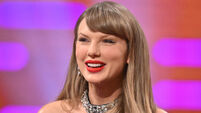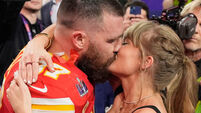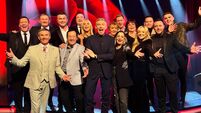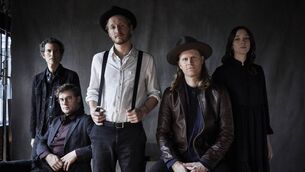Artists like Taylor Swift are shaped by local radio support — why are we not championing our own?
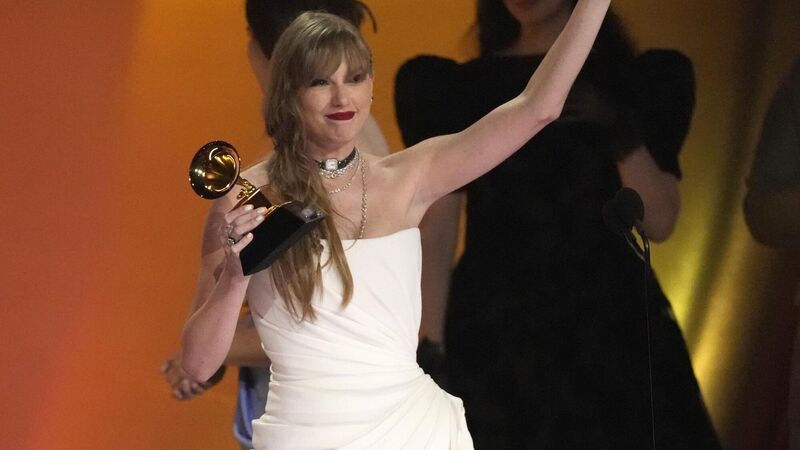
Taylor Swift accepts the award for album of the year for "Midnights" during the 66th annual Grammy Awards on Sunday, Feb. 4, 2024, in Los Angeles. (AP Photo/Chris Pizzello)
ARTISTS’ fates are shaped in part by radio. Take Taylor Swift. Her journey from strumming a guitar in local radio stations to achieving global stardom highlights the profound influence radio can play in shaping a music career.
Swift’s trajectory, propelled by consistent airplay, reflects the broader narrative of women in music – a story marked by resilience, defiance and triumph against formidable odds.
Her success is inspiring, but it’s crucial to confront systemic barriers that could hinder our other potential female superstars from reaching those same heights.
For millennia, women have been silenced in arts and literature, often forced to use male pseudonyms for a fair shot.
In the music industry, this disguise isn’t possible in person.
Unless in a male band, we know from our research at Why Not Her?, the gender and equality in the music industry campaign group, “a girl with a guitar” isn’t likely to be as represented on festival bills or radio playlists as their male equivalent.
Men are often hailed as geniuses creating high art, while women’s work is devalued as too personal or irrelevant. Female fans are often dismissed as hysterical and incapable of appreciating “good” art.
Swift isn’t to everyone’s taste and there’s complexity in any billionaire’s journey, but the world should pay attention.
Female narratives are being heard on scales never seen before, with unprecedented crowds, ticket sales and album sales.
This isn’t hype — this is the art of our time, resonating deeply with young women eager to see their lives reflected on stage and on the airwaves.
It’s astonishing from a business perspective how the music industry missed half the population as marketable, highlighting deep-seated misogyny.
We need a balance of narratives from all genders, showing young writers, songwriters and artists that their voices are valued.
With Swift’s Eras Tour coming to Ireland, we wonder about the impact on a young Irish girl seeing an empowered star sing their experiences to record crowds.
She might go home, sing Swift’s songs in the mirror, and feel empowered. Some of these young girls might even believe that if Swift’s narratives were valued at Aviva Stadium, their own stories could resonate too.
But where would this girl find support to write and sing her songs? Who would play her music and support her career?
Swift succeeded with the backing of the American radio community. Historically, Irish women don’t get the same support.
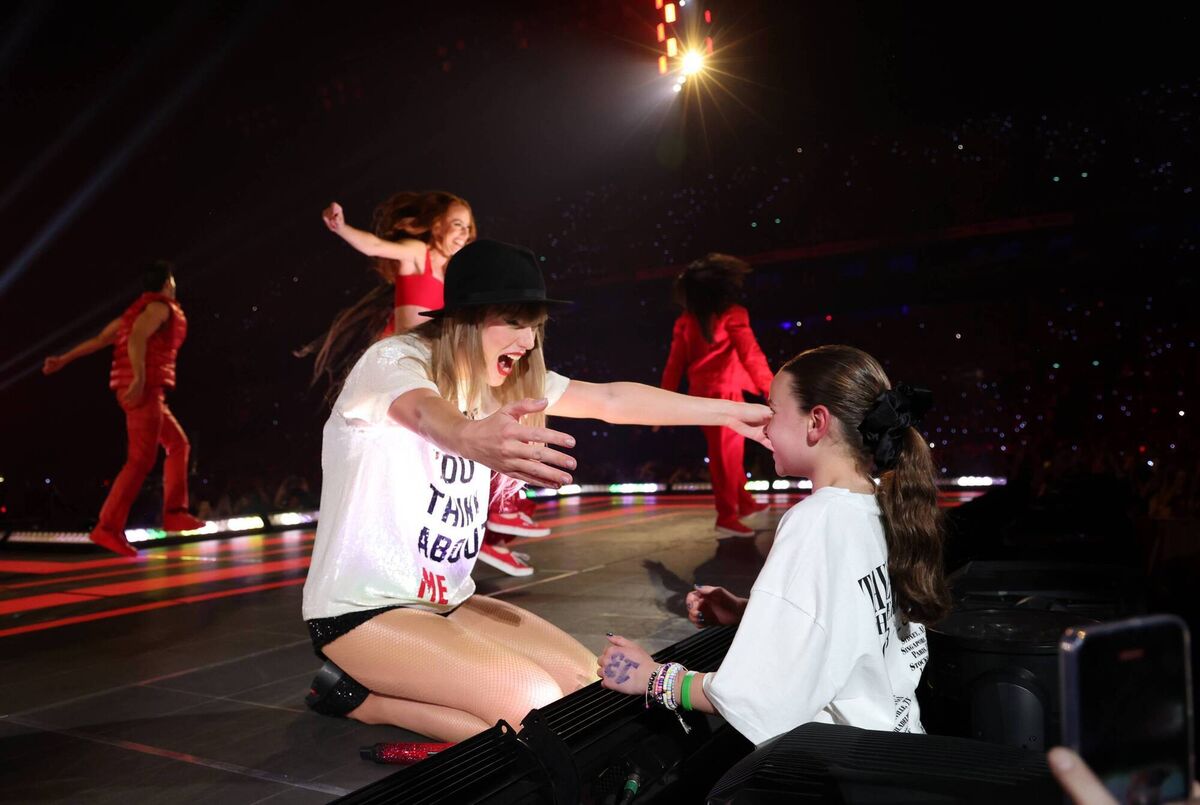
WHY NOT HER?
At Why Not Her?, our meticulous documentation and advocacy reveal systemic biases that hinder female artists’ access to radio platforms and playlists.
This year’s report shows just 2% of the Top 100 songs so far in 2024 played on Irish radio have been by Irish female artists (and only one living female artist; Jazzy — the latter is the late Dolores O’Riordan of The Cranberries).
Year after year, playlists across the country predominantly feature male artists such as The Script, Hozier, Picture This, Gavin James, Dermot Kennedy, Niall Horan, and new male breakthrough artists like Cian Ducrot and Moncrieff.
It isn’t about who is signed to labels either, as many of the leading female Irish artists are signed to major labels and companies.
Inquiries into why female artists receive less airplay yield responses ranging from disheartening to downright dismissive from playlisters.
In the past, we have heard everything from “We don’t have the budget to be diverse” or simply “People prefer to listen to male acts.” These responses reflect a status quo that perpetuates an unfair and unsustainable system.
In 2021, our data reports revealed that 78.1% of No1 hit singles in a 20-year period up until then were by Irish male artists or bands.
Diverse Irish female talent, including artists such as Aimee, Denise Chaila, Soulé, Orla Gartland and CMAT found some success on the new ‘Homegrown Charts’ and Irish Women in Harmony, led by Ruthanne, reached No1 (in the Homegrown Charts) as the first female band and BIPOC inclusive act. But progress is slow.
In 2022, no Irish female or non-gender-conforming artists made it into the Top 100 songs on Irish radio.
In 2023, three female Irish artists broke through, including the late Dolores O’Riordan and Jazzy, who became the first Irish female to reach No1 on the official Irish singles chart in 14 years.
This year, female artist representation on RTÉ 2FM increased from 10% (2019-2020) to 35% (2023-2024).
It’s an improvement, but it’s in stark contrast to the UK who this year celebrated reaching gender parity in its domestic talent on the airwaves, making female artists like Raye, Becky Hill and Adele household names.
Ireland lacks similar support for female artists, pushing many to seek recognition in the UK. It’s embarrassing that our neighbouring country supports our female acts more than we do.
As Irish journalist Ann Marie Hourihane recently pointed out, the persistent echoes of a post-colonial mindset find a disconcerting home within the core of Irish music, manifesting in the systemic biases and structural barriers that female and gender-queer artists face to this day.
This mindset, rooted in Ireland’s historical struggle for cultural and political independence, continues to influence contemporary attitudes and practices within the music industry here.
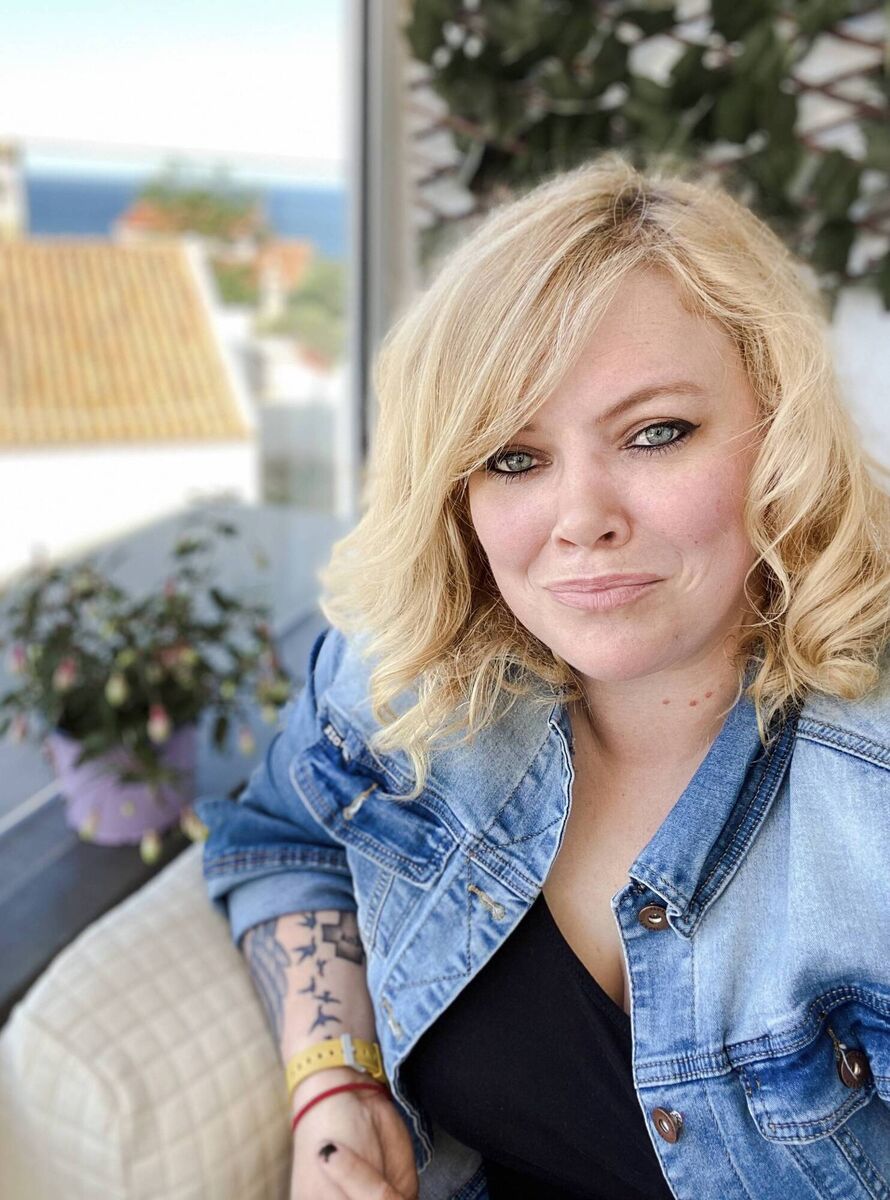
IDENTITY AND REPRESENTATION
Cultural production in Ireland has often been a battleground for identity and representation, and the music industry reflects broader societal attitudes and struggles.
The dominance of male artists in Irish radio airplay perpetuates a narrow definition of cultural value and artistic merit, often skewed in favour of male artists who set the mainstream genre on the airwaves.
This exclusion limits the cultural richness and diversity essential for a vibrant music scene and restricts the market potential and international reach of Irish music as a whole.
It is crucial for record labels to step up and take the same risks on women and minority artists as they do on men. Labels have a profound influence on who gets heard, and it’s vital for them to sign and promote more diverse artists.
By pushing for more diverse airplay and supporting a wider range of talent, labels can lead the charge in transforming the industry into a more inclusive and equitable space.
Let’s ensure that every artist, regardless of gender or race, has the opportunity to shine. The progress made by stations like RTÉ 2FM proves that change is possible, and it’s time for the entire industry to follow suit.
Practical recommendations put forward by Coimisiún na Meán, Ireland’s new media regulator, and women’s collectives like Why Not Her? and The Fair Plé Collective, should be heeded by state bodies and Media Minister Catherine Martin.
At the end of the day, talk of inclusivity rings hollow if it fails to uplift marginalised voices or address systemic inequities.
It’s time for a paradigm shift in our music landscape.
SYSTEMIC BIASES
Take Swift and Raye as case studies. Their success stories, driven by consistent radio backing, highlight the importance of radio support for female artists.
Swift’s meteoric rise and Raye’s resilience in overcoming label obstacles to achieve chart-topping success starkly contrast with the struggles many female artists face in securing airplay.
Consider Madonna’s recent performance in Rio, which captivated a staggering 1.6 million concert-goers at 65.
This milestone shattered records and stereotypes, yet it underscores a glaring industry bias: the reluctance to embrace older women in music.
While male artists such as Bruce Springsteen, Mick Jagger and Bono are celebrated for their ageless competence and vigour, Madonna was ridiculed for her appearance and attire.
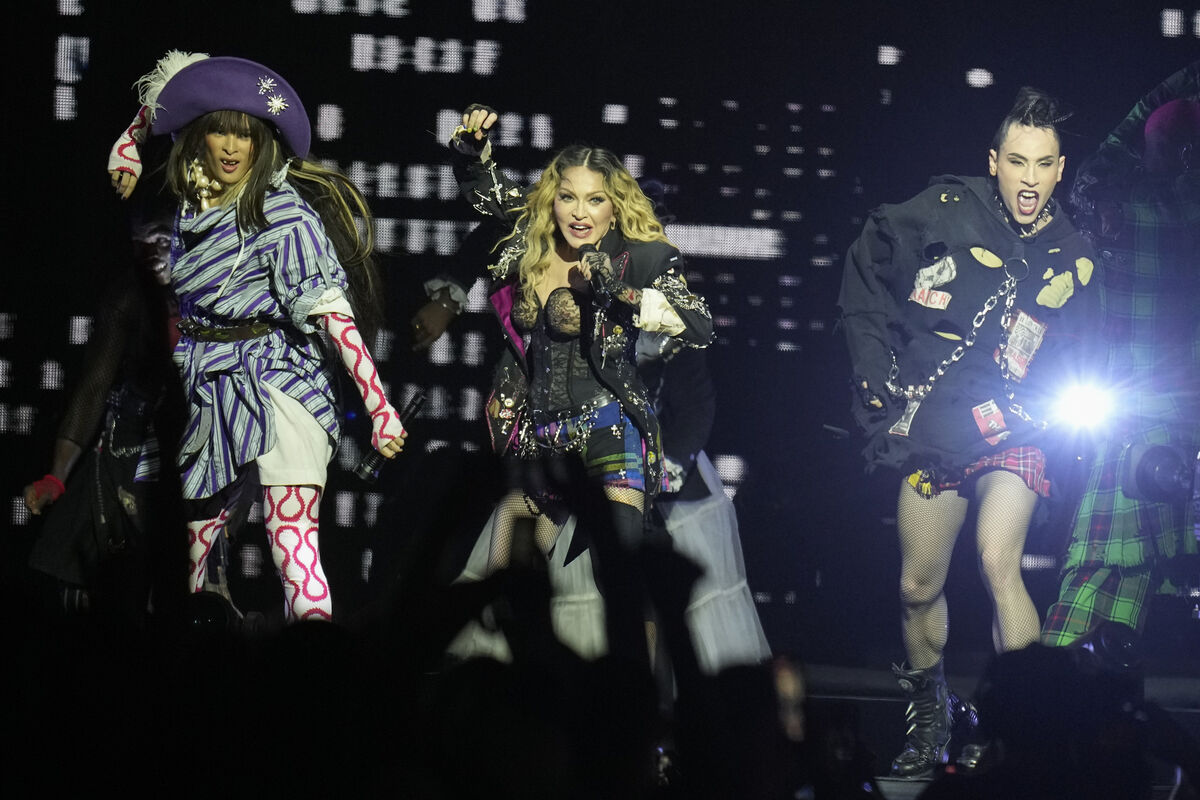
In Ireland, naming 20 male artists who have achieved national or international acclaim is easy, but naming 20 Irish female artists who have done the same is challenging.
This discrepancy is not due to a lack of talent among women, but rather, due to systemic biases that limit their opportunities.
As Swift graces Dublin, let’s endeavour to work harder to champion our own female Irish artists on the airwaves.
The talent is there, and by ensuring our female artists have the same opportunities to soar as their male counterparts, we will be able to readily name a host of female Irish artists achieving great success instead of fumbling in our minds to name even five women who have had commercial success in Ireland’s music scene.
And despite the rise of streaming giants, the listening habits of Irish people stands at 3.36m listeners tuning into Irish radio daily, with an average listening time of nearly four hours per day.
Meaning radio remains a key player in the careers of artists, providing critical exposure and influence.
How many Irish radio executives will hear stories over breakfast about how inspiring Swift was from their daughters? And how many of them will turn up to work the next day and continue the Irish status quo of silencing the voices of Irish women from their spaces?
- Linda Coogan Byrne and Áine Tyrrell of Why Not Her? See whynother.eu for the latest Gender Disparity Data Reports.

Unlimited access. Half the price.
Try unlimited access from only €1.25 a week
Already a subscriber? Sign in

